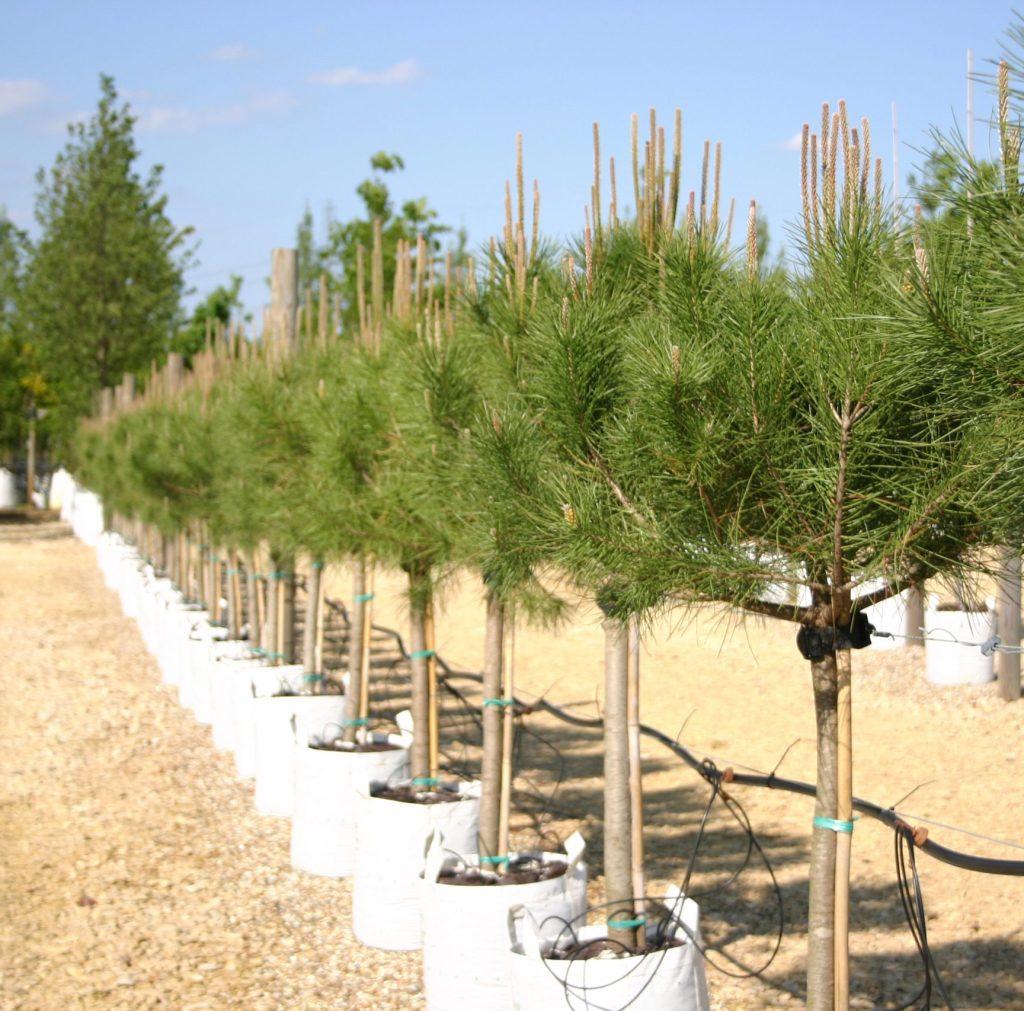Broadleaved evergreen trees such as Quercus ilex (Evergreen Oak), Magnolia grandiflora (Southern Magnolia), Prunus laurocerasus types (Laurel), Ligustrum types (Privet) and Photinia Red Robin always look at their most raggedy in March / April before the new spring flush sheds their old leaves.
The term evergreen is misleading because no tree keeps its existing leaves for that long!

Pines do something called third season needle drop where the leaf set three springs ago goes yellow and drops away from the inner part of the crown as the newer foliage on the outer tips of the tree takes over and shades out the older leaves.
For the golfers amongst you, look at the ‘pine straw’ at the Augusta Masters! These are old pine needles, dropped from the tree canopy above.
Leaves have one main function in life, to convert sunlight into energy, so if they are shaded out they are cast aside. When a tree is getting ready to shed a leaf so a new flush can follow, it shifts its focus away from protecting the old leaf.

This is why some evergreens turn yellow and blotchy in the spring, as the tree is not bothering to look out for them anymore.
These symptoms tend to stand out more on young trees, since their canopies are less developed and they have fewer leaves. As the tree matures, the changes become less noticeable, as new growth quietly replaces the old.
Leaves have to cope with a lot over the year. Rain, hail, snow, frost, wind and insect munching are just some of the things a delicate living thing has to cope with for its 12 months of usefulness. Don’t worry if an evergreen tree looks tired in the spring; it’s only the natural order of things. In fact, it is the ideal time to give the tree a shapely haircut knowing that the new flush of leaves is just a few weeks away.
If you need advice on one of your evergreen trees, just call our expert sales team: 01353 720950
